Teacher Portal
Cellular Organization
Investigation 4
Investigation 4
Cellular Organization

Phase 1 – Defined Understanding
Access Student Guide
Download and Distribute
Access Teacher Guide
Student Guide with answers
Teacher PreLab
Prepare for the Experiment
Phase 2 – Dynamic Understanding
Phase 2 – Dynamic Understanding
► Investigation Four Summary – Lab Goals
In Investigation Three, you compared and contrasted the organelle structures in plant and animal cells. During this Investigation, you:
1. Prepared (4) four wet mounts of plant tissue with the following salt solutions:
- tap water
- 2% salt solution
- 4% salt solution
- 8% salt solution
2. Observed the effects of salt solutions on the cell wall, cell membrane, and cytoplasm.
► Investigation Four Summary – Learning Goals
Through these experiments, you concluded that:
1. The cell membrane of a plant cell is not permeable to salt. This was evident by the shrinking of cells. To balance the concentration of salt within and outside the cell, water flowed from the cells into the surrounding environment. If the cell membrane was permeable to salt, water and salt could have both flowed back and forth through the cell membrane until both environments contained equal concentrations of salt.
2. The cell wall and cell membrane are permeable to water. This was also evident by the shrinking of cells. To balance the concentration of salt inside and outside the cells, water flowed from the cells into the surrounding environment. If the cell membrane were not permeable to water, the cells would not have shrunk.
3. The structure of the cell wall and cell membrane determines whether or not each structure is permeable to salt and water. The permeability of each structure determines whether or not salt moves in a out, which in turn affects whether or not water moves in and out of the cell.
Launch Concept Slides/Annotations
Mathematics Concepts in This Investigation
- comparing (non)measurable characteristics
- qualitative/quantitative properties
- parts/whole
- percentages (salt concentrations)
- least to greatest
- predict/verify results
- data table
- calculating total magnification
- multiplication
- problem solving
